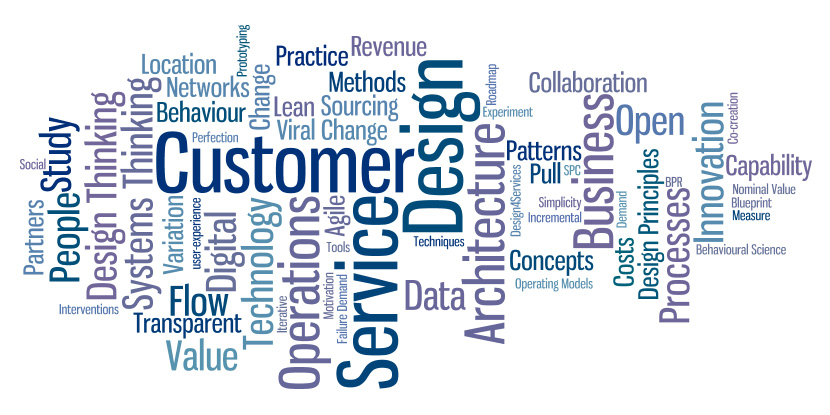Information Architecture
Information architecture (IA) focuses on organizing, structuring, and labeling content in an effective and sustainable way. The goal is to help users find information and complete tasks. The Information Architecture Institute defines information architecture simply: “Information architecture is the practice of deciding how to arrange the parts of something to be understandable.” The purpose of … Read more




